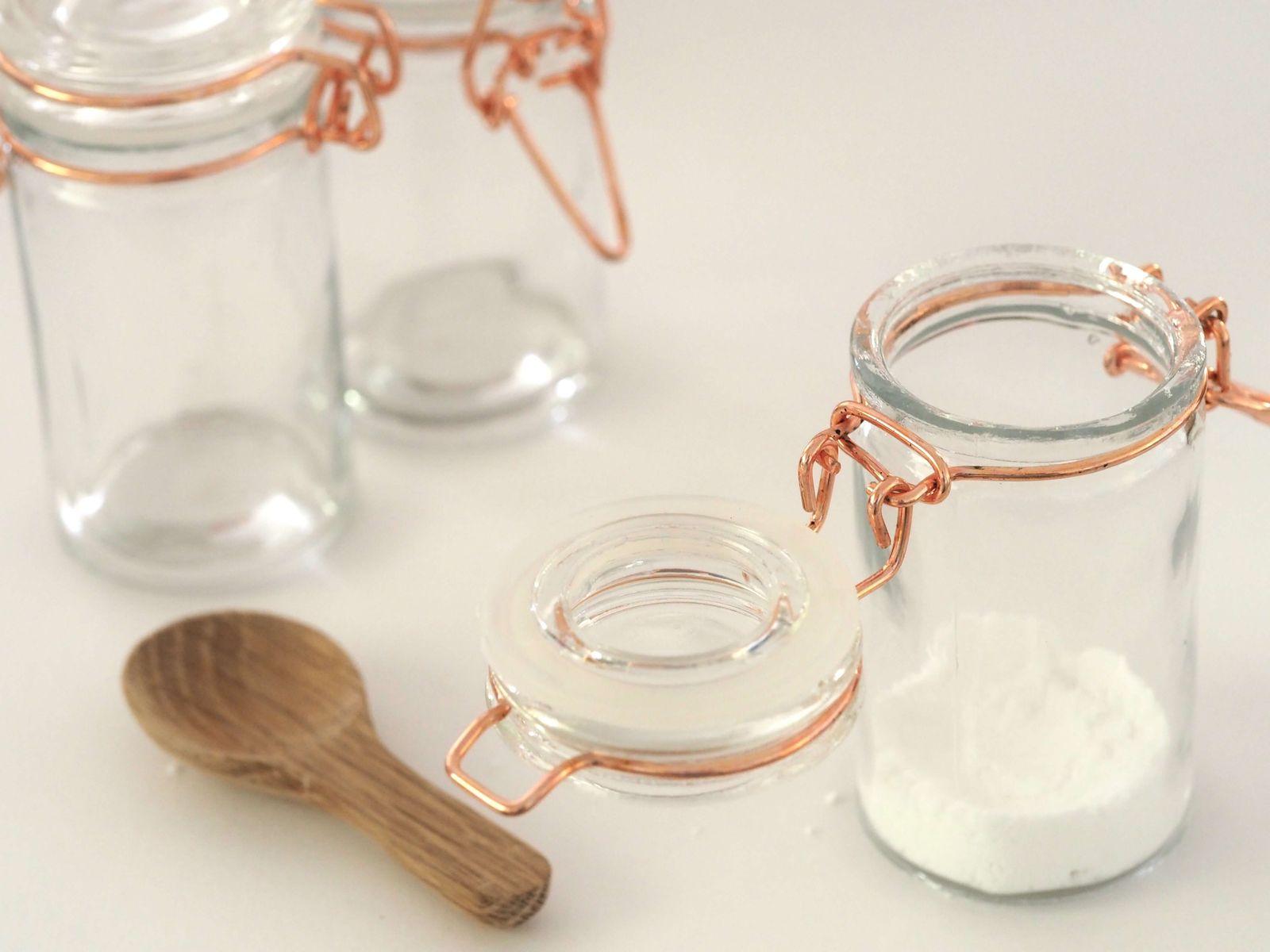Flour, a staple in many kitchens, requires proper storage to maintain its freshness and quality. The size and shape of the container play a pivotal role in ensuring the longevity and usability of the flour.
This micro-post delves into the essentials of selecting the right container for your flour storage needs.
In This Article:
- Understanding Flour Volume
- The Role of Container Size
- Importance of Container Shape
- Material Matters
- Frequently Asked Questions
- Conclusion
- Further Reading
Understanding Flour Volume
Flour, though seemingly simple, comes with its complexities. Different flours have varying densities, which means they settle differently in storage containers. For instance:
- Almond Flour: This flour is denser due to its oil content and the grinding process of almonds. A cup of almond flour might weigh more than a cup of all-purpose flour.
- All-Purpose Flour: A staple in many kitchens, all-purpose flour has a standard density, making it the benchmark for many recipes.
Understanding these differences is crucial. When you pour flour into a container, it settles over time, occupying less space. This settling can lead to miscalculations in recipes if not accounted for.
Moreover, the volume of flour you typically use should guide your container choice. A container that's too big can leave too much air inside, affecting the flour's freshness.
Conversely, a too-small container can lead to spillage and inconvenience during use.
The Role of Container Size
Size matters, especially when it comes to storing flour. The container's size plays a pivotal role in maintaining the flour's quality:
- Excess Air Exposure: A container that's too large for the amount of flour stored can trap excess air. This air accelerates the oxidation process, potentially affecting the flour's taste and texture.
- Accessibility Issues: A container that's too small can make it challenging to scoop out flour, especially when nearing the bottom. This can lead to spillage and wastage.
It's essential to strike a balance. Consider the quantity of flour you usually purchase and your usage frequency. If you bake often, you might need a larger container. But if you bake occasionally, a medium-sized container might suffice.
Importance of Container Shape
The shape of your flour container isn't just about aesthetics; it's about functionality:
- Square or Rectangular Containers: These shapes are space-efficient. They fit snugly in pantry shelves or cabinets, maximizing storage space. Their straight sides also make it easier to scoop out flour without leaving any behind.
- Round Containers: While they might be aesthetically pleasing and fit well in certain storage spaces, round containers might not utilize space as effectively as their square counterparts. Their curved sides can also make it a tad more challenging to get every last bit of flour out.
- Wide Openings: Containers with wide openings are a baker's best friend. They make it easier to scoop out flour without spilling, especially when using larger measuring cups or spoons.
Material Matters
The material of the container can affect the flour's quality:
- Glass: Impermeable and doesn't absorb odors. It's transparent, allowing you to monitor the flour's condition.
- Plastic: Lightweight and durable. However, ensure it's BPA-free and food-grade.
- Metal Tins: Protects flour from light exposure but ensure it's lined to prevent reactions with the flour.
Frequently Asked Questions
Why is container shape important for flour storage?
The shape determines how efficiently space is utilized in your storage area and how easy it is to access the flour.
How does container material affect flour freshness?
Materials like glass prevent odor absorption, while metal tins shield flour from light, both factors in maintaining flour freshness.
Is it necessary to refrigerate flour containers?
For regular flours, pantry storage is sufficient. However, flours rich in oils, like almond flour, benefit from refrigeration.
Conclusion
Choosing the right container for flour storage is more than just aesthetics. It's about preserving the quality, ensuring ease of use, and maximizing storage efficiency.
By considering the flour's volume, container size, shape, and material, you can keep your flour fresh and ready for your next culinary adventure.
Further Reading
- Flour Varieties: Storage Essentials for Different Types: Understand the nuances of storing various flour types and why specialized containers are crucial for maintaining freshness.
- Modern Flour Containers: Exploring Innovative Features: Stay updated with the newest features in flour storage containers, ensuring your flour remains fresh and ready for baking.
- Enhance your culinary skills by exploring the 21 varied flours detailed in the Pioneer Woman's informative guide on their distinct applications.
- If you're in search of the ultimate flour storage container, don't miss our in-depth article on the best flour storage containers.



